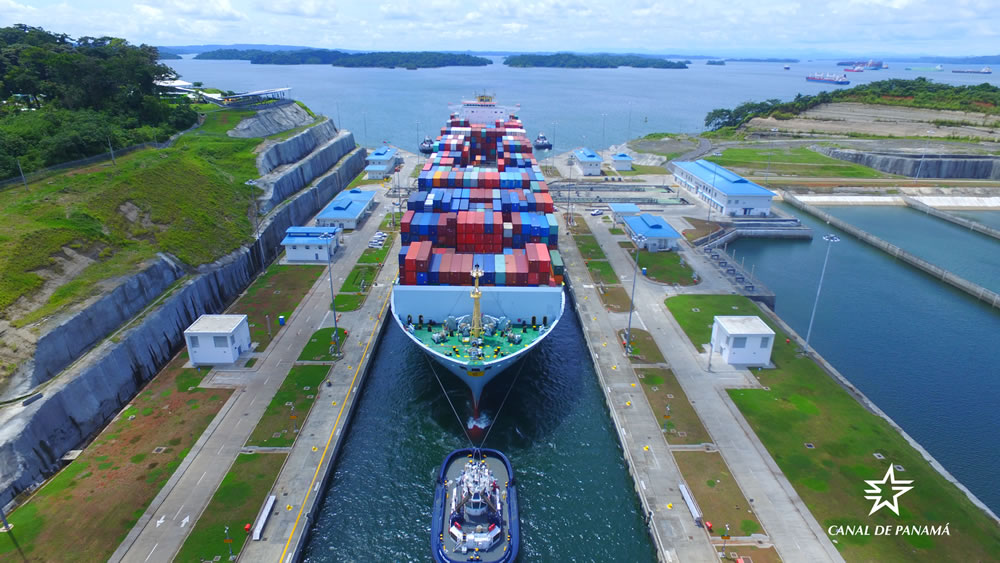The Latin American Country Where China Wants to Build a ‘Bullet Train’: Mega Project Will Make it the Fastest in the Region
China is promoting the Lima-Ica Train project in Peru, which will connect Lima and the Ica region with a 280 km high-speed rail network. An investment of US $6.5 billion is estimated.

China is seeking to develop one of Latin America’s most important transportation projects in Peru: the Lima-Ica Train. This railway network seeks to connect the Peruvian capital with the Ica region with a high-speed train that will cover 323 kilometers and reduce travel time between the two cities to 2 and a half hours. With an estimated investment of US$6.5 billion, this initiative is emerging as a sustainable model that will benefit millions of Peruvians. Its innovations include 47 kilometers of viaducts and 32 kilometers of tunnels, which will help overcome the geographical challenges of the Peruvian coast. It also aims to reduce traffic congestion and emissions of polluting gases.
The system will have 15 stations, located at strategic points such as Villa El Salvador, Chincha, Pisco and Paracas. In addition, it will incorporate electric traction technology, allowing trains to reach speeds of up to 200 km/h for passengers and 100 km/h for cargo. It is estimated that the train will transport 45,000 passengers daily. Scheduled to open in 2031, construction will begin in 2026. This project is part of China’s strategy to consolidate investments in Latin America and modernize rail transport. The Peruvian government also wants this train to be integrated with the bioceanic railway corridor, a project that will connect the Andean region with the port of Chancay, financed by Chinese capital. This link will reduce logistics costs and strengthen trade between Asia and Latin America.
What is the fastest train in the world and in which country is it?
The world’s fastest train is the magnetic levitation bullet train developed by the China Railway Rolling Stock Corporation (CRRC).
- It can move at a top speed of 600 km/h, almost half the speed of sound.
- It uses electromagnetic force to lift the vehicle body less than 5 centimeters above the tracks and propel it forward.
- It travels on a cushion of air, drastically reducing friction compared to traditional trains.
- This train will be able to cover the more than 1,200 kilometres between Beijing and Shanghai in just 2.5 hours.
- It surpasses current air and high-speed rail options in terms of travel time.





